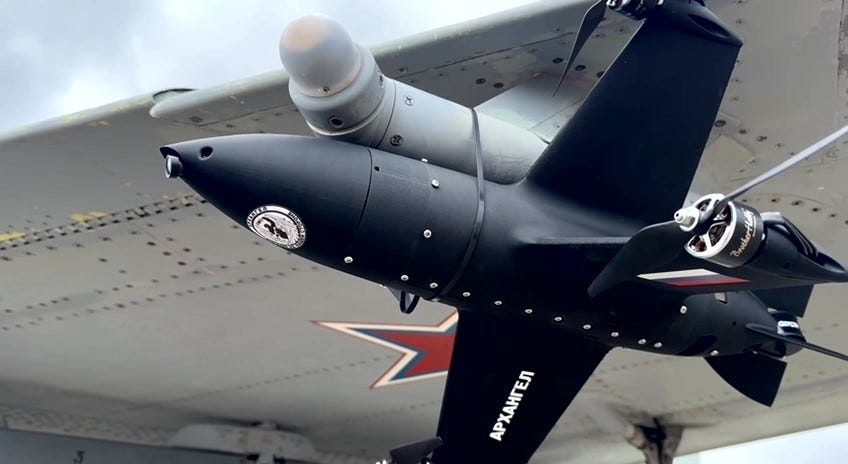Russia’s Zip-Tie Air Force: How a Fighter Jet "Joke" Fooled Western Analysts
Several reputable OSINT analysts thought this was real...
Somewhere in Russia, a group of volunteer drone makers decided to have a little fun.
They strapped a quadcopter to a MiG-29 fighter jet with plastic zip ties, filmed it, and posted the video online with tongue firmly in cheek. The accompanying text talked about “delivering” the d…




